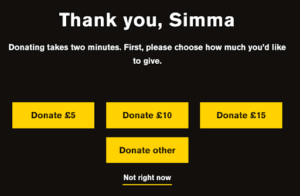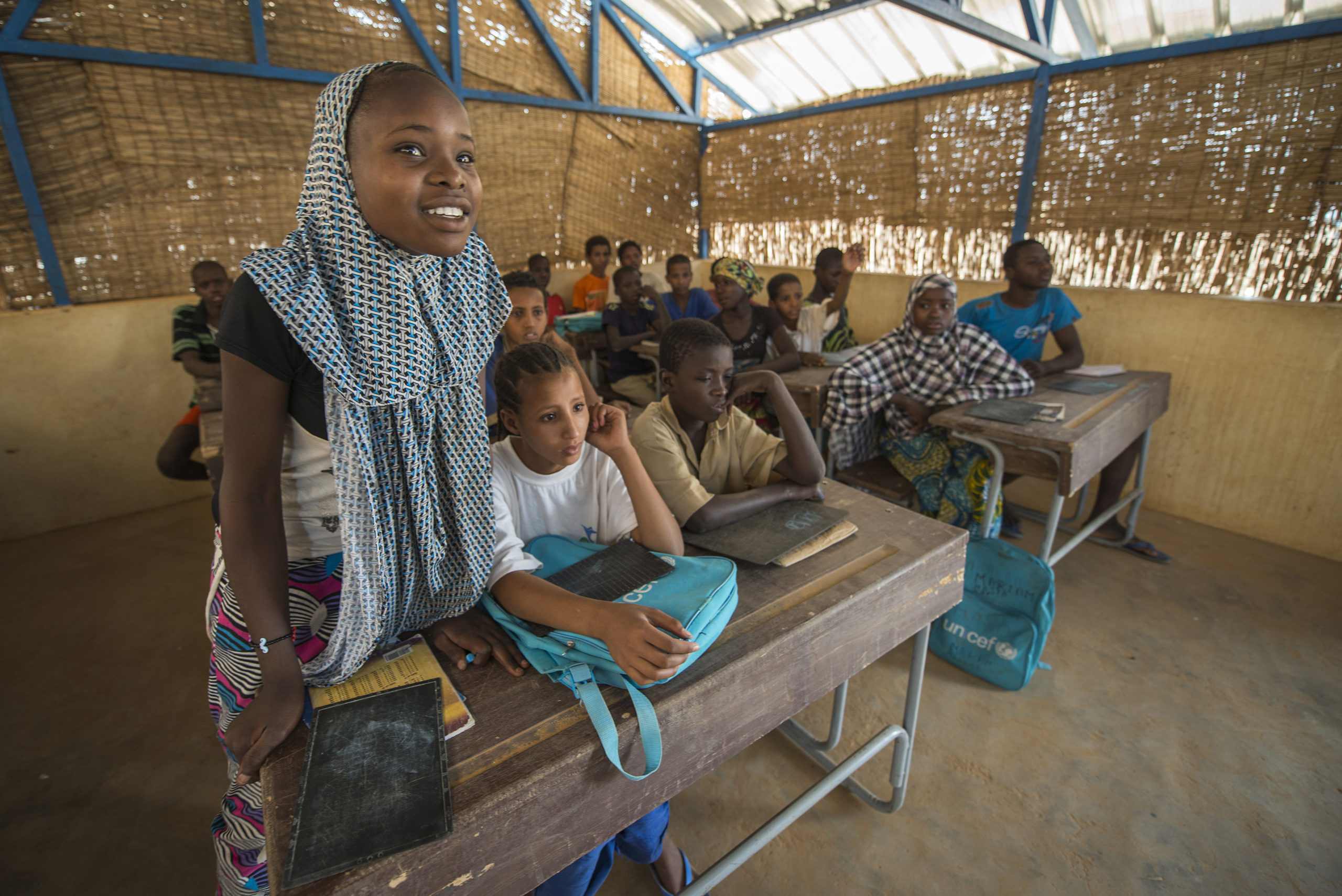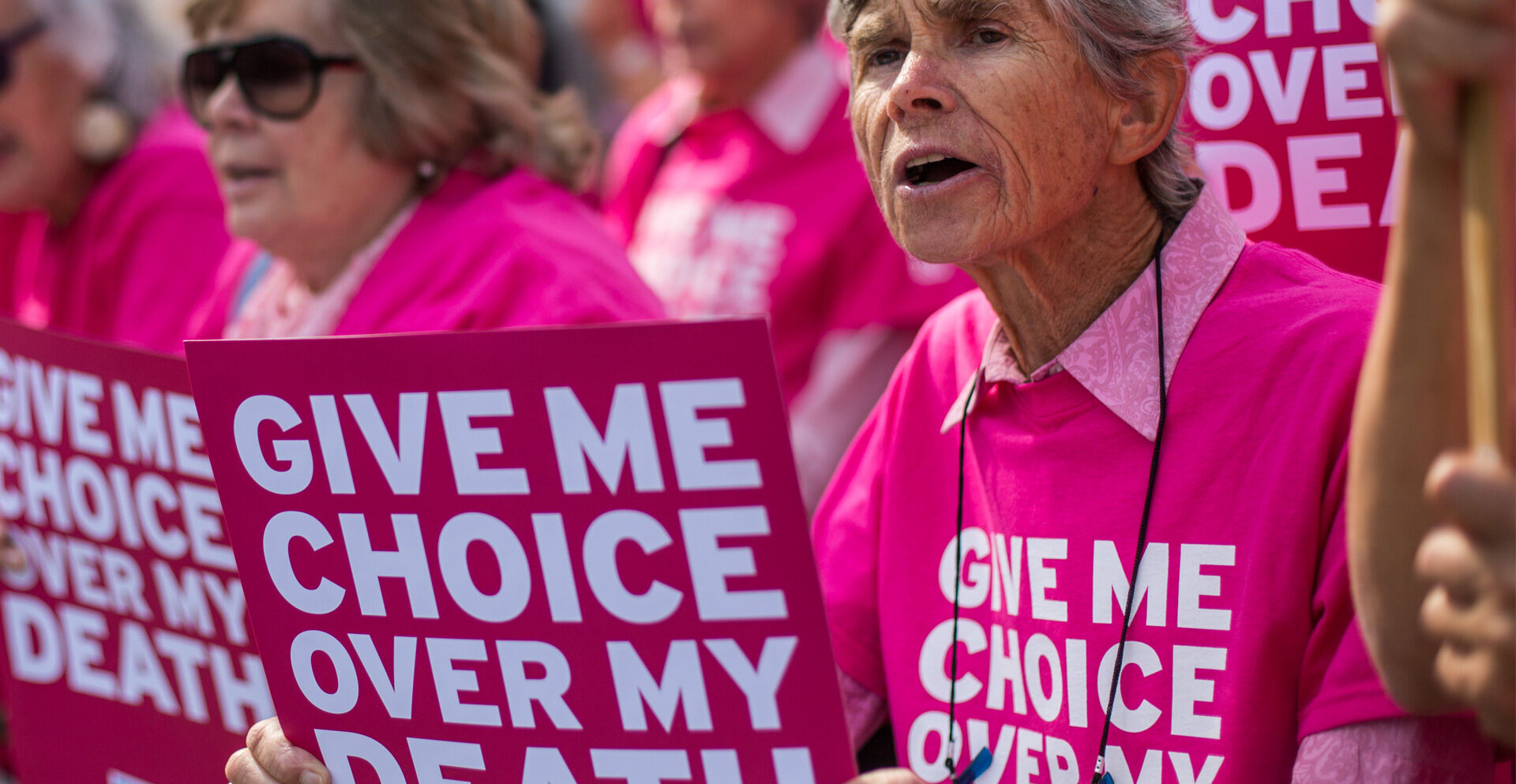The project
Having worked with the International Rescue Committee (IRC) on a campaign that recruited more than 44,500 new supporters, we set out to optimise their latest handraiser to drive more donations – with a specific focus on regular giving.
By the end of the project, the number of new supporters setting up a regular gift in the post-action sequence increased significantly. Through optimisation, the conversion rate rose from 0.09% to 0.58%.
To see this conversion rate for a monthly donation ask, immediately after the supporter signs up, is fantastic. With a return on ad spend of 187%, the IRC is making back £1.87 on every £1 spent on ads, before they send a single fundraising email.
What we tested
We honed in on what people saw on the page immediately after they signed their name (the post-action sequence).
By testing at a very granular level and optimising each small part of the user journey, we were able to increase the number of supporters setting up a regular gift.
Most donors converted immediately after signing, and we also worked with IRC to optimise their email welcome series towards fundraising to encourage donations further down the line.
Introducing the £5 donation option
After signing the handraiser, new supporters are asked if they’d like to set up a monthly donation. If they click yes, they are presented with a variety of button donation prompts.

Previously, the lowest option was £10 per month. But we noticed a sizable percentage of users were manually inputting a lower amount.
We tested adding a £5 button to see if this would lead to more donations. This new variant increased donations by 36%. It was the most popular option among the buttons and led to fewer people skipping the donation option altogether.
Although the average gift was now lower, it meant more supporters were setting up a regular gift, leading to more income in the long term.
Removing the ‘Not right now’ option
It may seem obvious, but we found that 28% more people clicked through to the donate page when we took away this ‘get out’ option.
Armed with this data, IRC could remove this step throughout the user journey – a simple tweak for substantially better results.
Adding a 2-question survey
We’d previously found that adding a survey on the second page of the handraiser (after the person signs up) increases their likelihood to take follow-up actions such as donating. It seems that asking users to reflect on their values in more depth makes them more likely to take another action that reinforces those values. We wanted to see if this could work with IRC’s supporters, too.


Adding the survey resulted in an overall increase in donate clicks of 45%. We tested two different variants and found that the survey that linked closely to the handraiser theme, rather than IRC’s broader work, performed best.
What’s the take-away?
Conducting tests on the smallest elements of your post-action supporter journey can lead to significant increases in conversion rate.
Having this data allows organisations like IRC to make informed decisions about their campaign and donate pages going forward, knowing that these small changes will create more income over time.


